Latest Posts
Custom SD Cards SD 2.0 Specification
The SD Association had launched SD 2.0 specification in May 2006, it is a technical specification for Custom SD Cards. It stipulates that SDHC is conform to the specification, and the SDHC memory card capacity is “4GB-32GB”.
Main content for Custom SD Cards
Since the SD1.10 specification specifies that the Custom SD cards should use FAT12 and FAT16 partition formats, the SD card that conforms to the 1.10 specification can only reach a maximum capacity of 2G. As the price of FLASH decreases, SD cards quickly enter the mainstream market, and the 1.10 specification cards can no longer meet the needs of future applications. For this reason, the SD Association has formulated the SD V2.0 specification, and the cards that conform to this specification are called SDHC (SD High Capacity) cards.
The physical size of SDHC card is the same as that of SD card. The biggest difference between them is that SDHC card adopts FAT32 file system, thus, it can support a maximum capacity of 32GB. At present, it can already support 4GB capacity. Because the file system formats are different, old card reader version cannot be compatible with SDHC card, while the card reader that complies with SD 2.0 specification can be compatible with both bulk SD card and SDHC card. This also means that some older devices are not compatible with SDHC card, of course, upgrading Firmware can support some of them.
Classification of Speed
Also, SDHC card has added corresponding design specifications for the application of audio and video. In the new specification, the speed of the card is categorized into three levels according to their difference in writing speed, so that it can meet the speed required of the corresponding video recording.
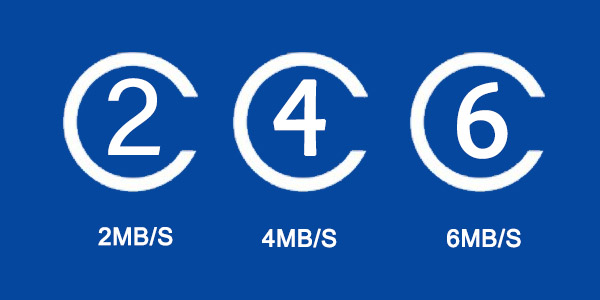
| SDHC speed level | Corresponding writing speed |
| Class 2 | 2MB/s |
| Class 4 | 4MB/s |
| Class 6 | 6MB/s |
SDHC cards also clearly stipulate the card’s logo. There are SDHC logos and speed logos on cards that meet the specifications.
At present, a new flash memory card product, ――SDHC, has appeared in the market. I believe that many consumers are not very familiar with this product, and may have been confused by various SDHC products.
So let’s learn about what is SDHC. SDHC is the abbreviation of “High Capacity SD Memory Card”.
Logo
The biggest feature of SDHC is its high capacity (2GB-32GB). In addition, the SD Association stipulates that SDHC must use FAT32 file system, because the previously used FAT16 file system in SD cards can only support a maximum capacity of 2GB, which cannot meet the requirements of SDHC.
All SD cards with a capacity greater than 2G must comply with the SDHC specification. The specification states that SDHC must at least meet the speed level of Class 2, and there must be SDHC logo and speed class logo on the card.
speed class logo
There are some brands on the market who provide 4GB or higher capacity SD cards that do not meet the above conditions. For example, some products lack SDHC logo or speed class logo. We can not call these memory cards as SDHC cards. Strictly speaking, the SD Association does not approve it. These types of cards may have compatibility problems with the device when they are used.
Because SDHC adopts a different addressing mode from the SD1.1 specification, it is not compatible with some old SD devices produced before the establishment of SD 2.0 specification. Only new SD devices that comply with the SD2.0 specification can use SDHC. If SDHC is inserted into some old SD devices, it will not be recognized by such devices in order to protect the data in the card.
How can we confirm whether the device is compatible with SDHC? Generally, there will be a very obvious SDHC logo on the device, or the product manual will indicate that the product is compatible with SDHC.
Speed class
The testing method of the speed class stipulated by the SD Association mentioned above is quite different from that of the ordinary performance test. During the test, we are doing separate testing on the reading and the writing. It is rather than testing the transmission speed of a single large file. The SD Association defines the performance curve that meets the minimum requirements for each level, and compares the data obtained from the test with the performance standards specified by the SD Association to determine the performance level of the card.
In the SD2.0 specification, we have following 4 levels to define the performance of the SD card. Furthermore, different levels can meet the requirements of different application:
If the performance is lower than Class 2, or there is unmarked Speed Class. It will be Class 0.
When it can meet the needs of watching ordinary MPEG4 MPEG2 movies, SDTV, and digital camera shooting. We can call it Class 2.
Class 4: It can play high-definition TV (HDTV) smoothly, and meet the need of digital camera continuous shooting, etc.;
Class 6: Meet the requirements of SLR camera continuous shooting and professional equipment;
New standards for Custom SD cards
SD 2.0 provides FAT32 formatting and increases the maximum storage capacity to 32GB. This sounds like a great thing. However, cards with 4GB or higher capacity will no longer support the existing SD 1.0/1.1 standard. SD High Capacity (SDHC) is referring to All SD memory card of 4GB or more. Although the transmission rate of the new format is up to a maximum speed of 6M/s. This means that 4GB cards now selling at £150 or less, the price of SDHC cards will drop soon. In any case, consumers are still led by technology, especially these new formats and new technologies.











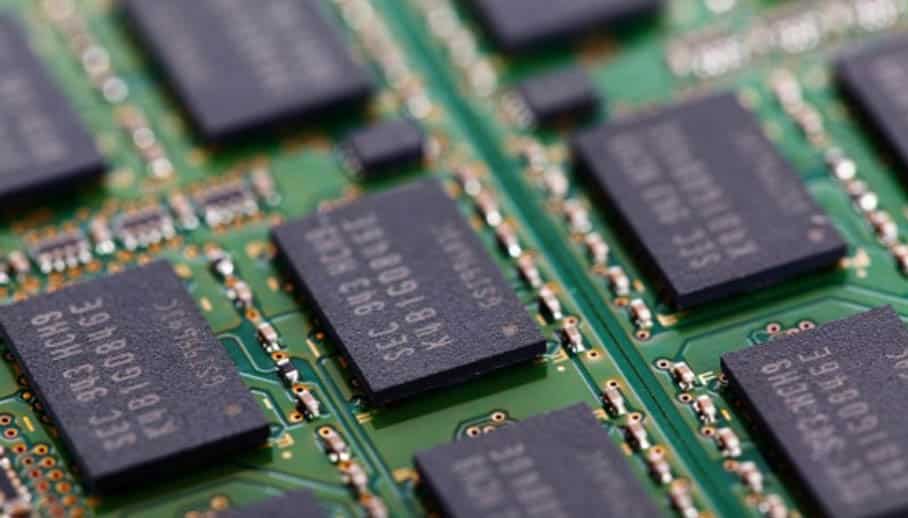
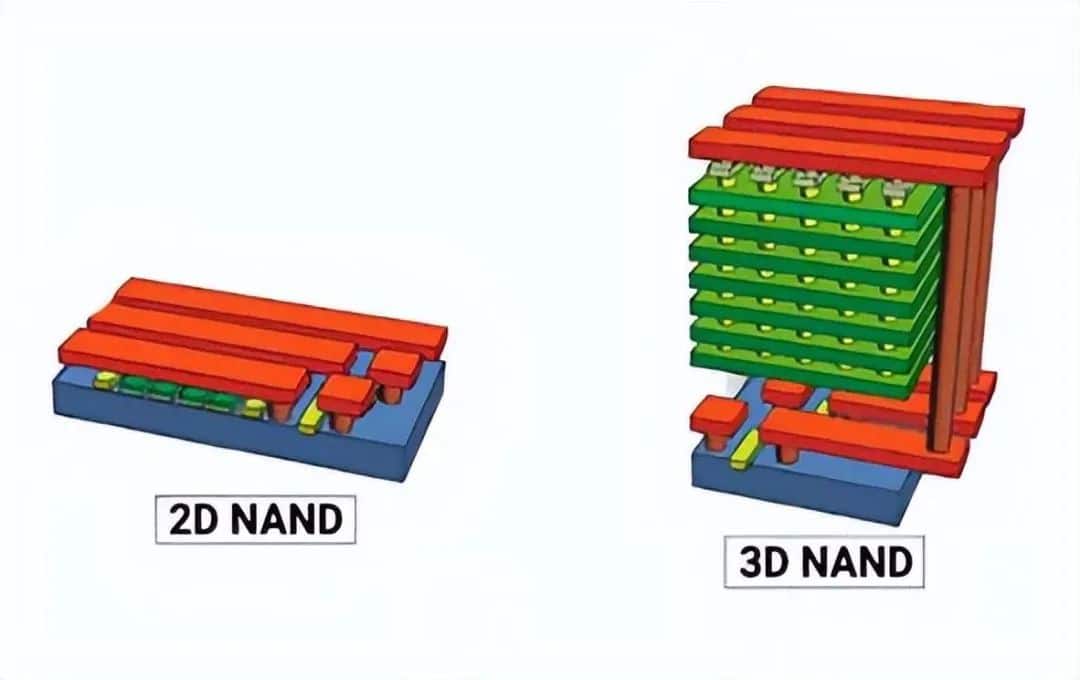
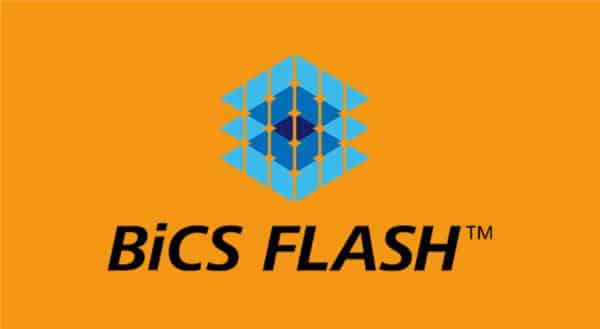

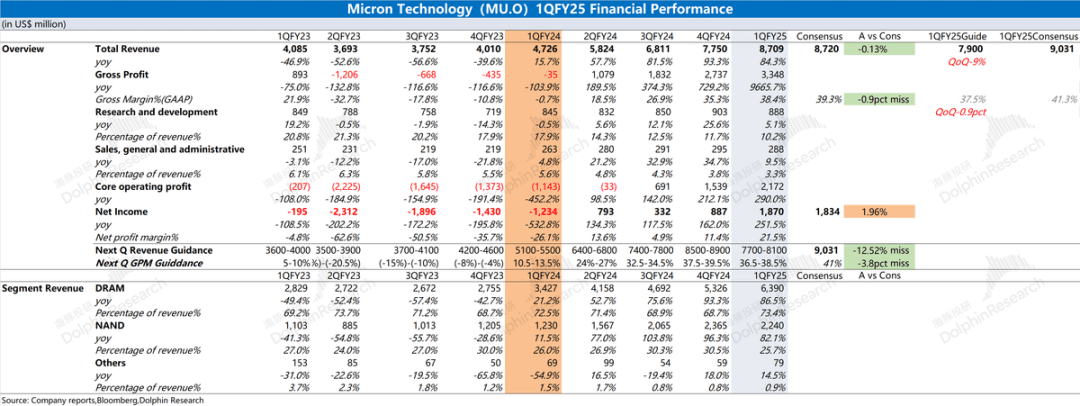
Leave a comment